At the end of the year, the car industry is still hot. Following the release of the M9 and Krypton 007, another major event finally made its official debut. On the 28th, Xiaomi’s car technology conference met with everyone. Lei Jun also announced many highlights of Xiaomi’s first car model, the SU7. What do you think of Xiaomi’s tribute to many peers? Will Tesla’s new Model Y be produced in China’s super factory? The current reply is no. And another new energy brand, NIO’s flagship model ET9, also received good orders after its debut. Let’s take a look back at this week’s hot topics on Weibo together.

Nowadays, tech giants are entering the automotive industry, some are empowering car companies with their products, others are directly making their own cars, such as Xiaomi. So, compared to traditional car companies and new players, what are the inherent advantages of tech companies in making cars?
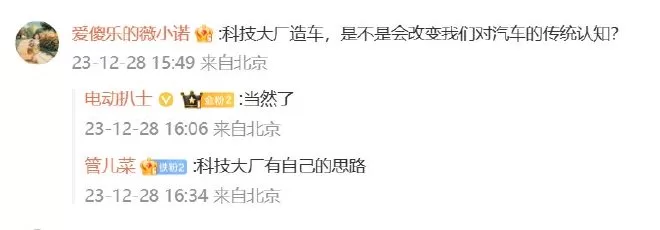
When it comes to big car manufacturers, they have inherent advantages in technology, funding, and the internet, which set them apart from traditional car companies and new brands. Strong financial support, powerful research and development capabilities, and years of ecosystem accumulation, along with a shared creation concept with many fans, are all powerful support and inherent resources for their development. Today’s topic naturally revolves around Xiaomi’s first car launch. In the field of intelligence, Xiaomi combines its previous release of the Penglai OS system to create a “people, car, and home” ecosystem, which is the result of the accumulation of big companies. The leaders are well-versed in internet play and ecosystem construction, whether it’s Xiaomi or Huawei, they are all experts in this field. The power of fans cannot be ignored, as it is the source of word-of-mouth and popularity. Similarly, these big companies entering the automotive industry still retain a humble and learning attitude. Just like Xiaomi’s previous tribute to many car companies, it is with awe and gratitude that they can achieve success. Similarly, there is also the initial perseverance and determination to see things through, which is in line with the big companies’ consistent style of perseverance, and ultimately reaping the rewards. In China, it is important to consider the timing, location, and people. Big tech companies have already demonstrated their strong capabilities in funding, ecosystems, and technology research and development. How will traditional car players and new forces respond? The Chinese car market in 2024 is sure to be another exciting year.
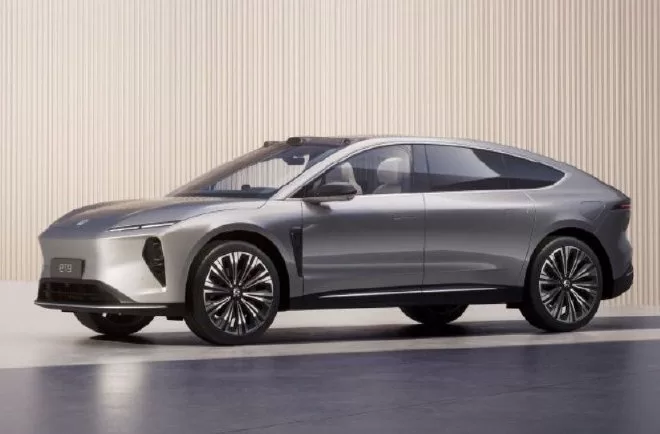
Recently, Li Bin of NIO responded to the pre-order volume of the newly unveiled flagship model ET9, and made a clear judgment, saying “For this category, all together, less than 100,000 units a year, so we have a clear understanding, last night’s orders greatly exceeded expectations.”
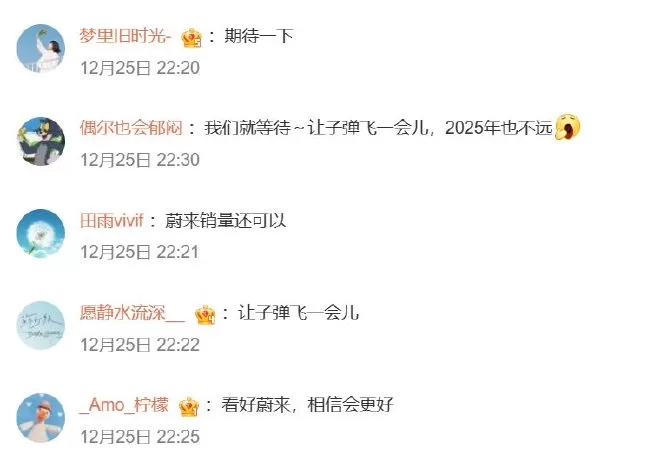
What should a flagship model be like? NIO has provided its latest ideas and answers. Although the official release is still some time away, as the saying goes, “let the bullets fly for a while” brings more imagination. NIO is actively promoting the evolution and iteration of design genes, leaving the rest to be verified by time. Li Bin said that as an executive flagship sedan, it should not be too traditional or too alternative. Why can’t NIO release an MPV as a flagship? He also replied, “The price of the MPV should not exceed 400,000 yuan (56510$), and there will be no gimmicks in the future.” Therefore, those who are still expecting NIO to release an MPV can lower their expectations. Li Bin also stated that the NIO ET9 will target traditional million-level luxury models such as the BMW 7 Series, Maybach, and Porsche Panamera. In addition, he also said that the NIO ET9 will not only be an executive flagship, but also a technological flagship, and it will definitely live up to the positioning of million-level luxury cars. The favorite of tech enthusiasts, the ET9, will also be equipped with a coefficient. It is reported that the ET9 will be built on the new NT3.0 platform, equipped with a high-voltage electric drive system, a new battery pack, and optional AC charging function. In addition, the car will also be equipped with a self-developed rear-wheel steering system, providing a better driving experience. In terms of energy replenishment, as of now, NIO has accumulated 2,259 battery swap stations nationwide, including 721 high-speed swap stations, completing the layout of the high-speed swap network in 7 vertical and 6 horizontal city clusters.
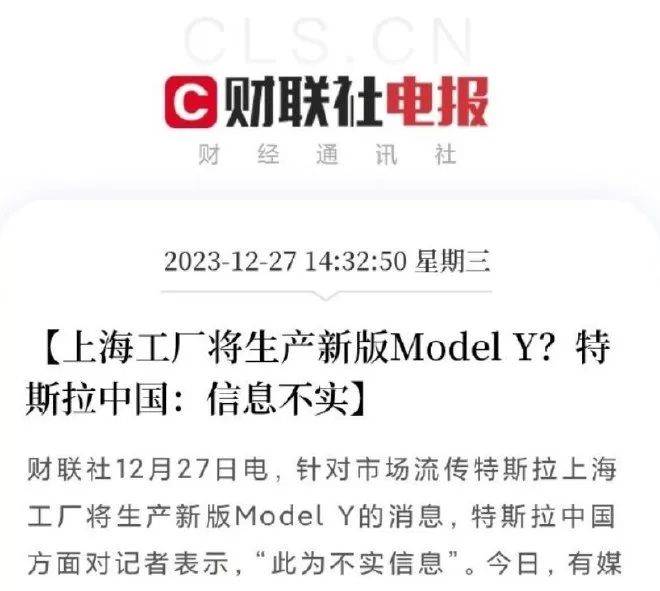
On December 27, the financial association reported that Tesla’s Shanghai factory would produce a new version of Model Y. Tesla China responded to reporters, “This is not true information.”
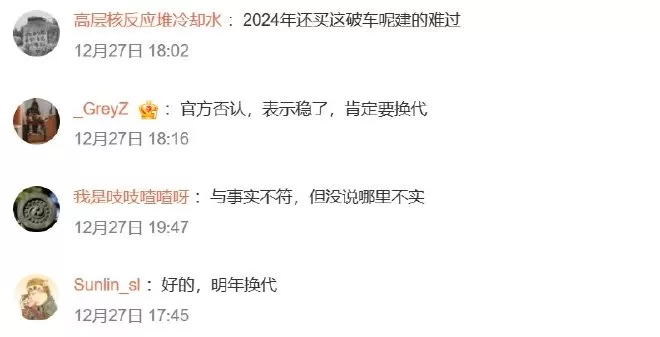
As a pioneer in smart electric vehicles, Tesla’s influence is undeniable. In the highly competitive Chinese market, launching new products to respond to market changes is what every Tesla enthusiast wants to see. The refreshed Model 3 has been released, and perhaps the best time to unveil the new Model Y has not yet arrived, so let’s wait a little longer. Currently, Tesla’s Model Y has three versions: rear-wheel drive, long-range, and performance, with prices starting at 266,400 yuan (37640$), 306,400 yuan (43290$), and 363,900 yuan (51410$), respectively. In October of this year, Tesla introduced a refreshed version of the Model Y, adding multi-color ambient lighting, a new instrument panel trim made of tech textile materials, and 19-inch Gemini wheels. The acceleration time for the rear-wheel drive version has been reduced by 1 second per 100 kilometers compared to the previous model. However, these changes are still not enough to satisfy consumers’ demanding tastes. They are very eager to see a new Model Y that is more intelligent, has longer range, and, of course, is more competitively priced. In November, Tesla sold 49,900 Model Y vehicles in China, making it the best-selling single model in the Chinese market. This shows that its market performance is still very strong.
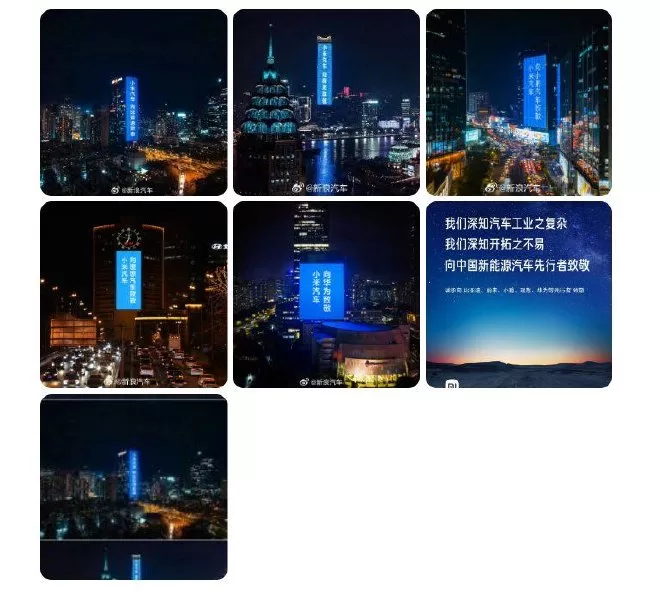
Event Review: Following Xiaomi’s Lei Jun’s tribute to companies such as BYD, NIO, Xpeng, and CATL, on the evening of the 27th, at the same time in Beijing, Shanghai, Shenzhen, and Guangzhou, landmark buildings were lit up by Xiaomi in the cities where the car companies are located, paying tribute to their peers.

As a newcomer, Xiaomi Motors has shown a humble attitude, just as Lei Jun said: “We deeply understand the complexity of the automotive industry, we deeply understand the difficulty of pioneering, and sincerely salute pioneers such as BYD, NIO, XPeng, IDEAL, Huawei, and others.” No industry lacks competition, and it is competition that has created today’s prosperity. Another tech giant has entered the automotive industry, and Xiaomi Motors has shown a humble attitude and a full sense of awe. What do you think?
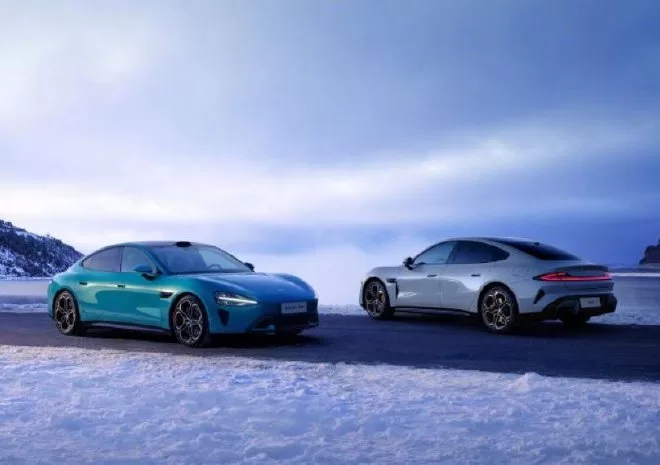
The new energy vehicle market in China is the most competitive in the world. The development and prosperity of the market depend on the interaction and competition among car companies. This is mutually reinforcing. Only benign competition and mutual respect can better promote and stimulate the industry. In the rapid development, the competition among companies will greatly stimulate innovation and progress, and also promote resource sharing and communication, which is beneficial to the development of the entire industry.

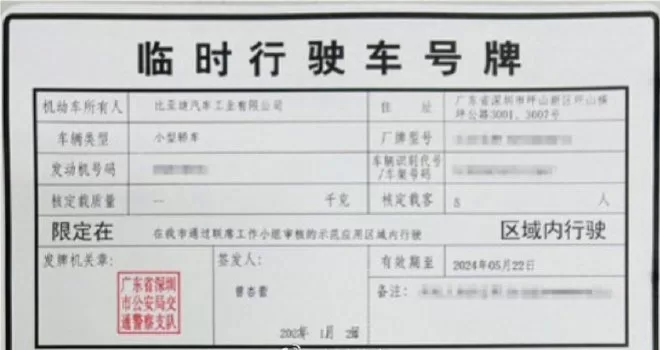
Event Review: According to official news from BYD on December 27th, this year on July 21st, BYD obtained a conditional autonomous driving test license on the high-speed road in Shenzhen, becoming the first car company in the country to obtain a conditional autonomous driving test license.
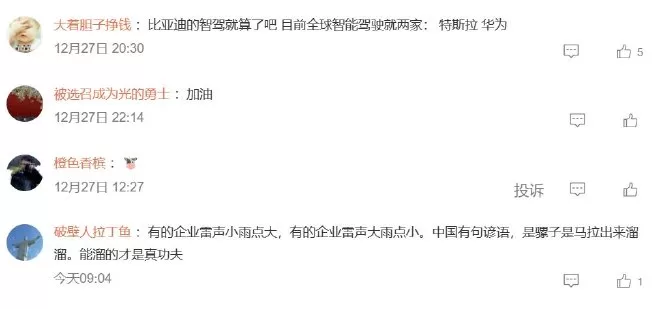
This is like taking an exam, the content is naturally related to autonomous driving. Only by passing the layers of assessment can the final access qualification be obtained. Since it is an exam, it is not simple. Perhaps it is not a walk in the park, but at least the basic requirements must be met. BYD revealed that the acquisition of a conditional autonomous driving test license requires automatic driving function testing by nationally recognized relevant agencies, combined with expert comprehensive review based on traffic safety control, road opening conditions, and road traffic carrying capacity. Recently, L3-level autonomous driving test licenses have been quite popular. Following the announcement of obtaining autonomous driving test licenses by foreign brands such as Mercedes-Benz and BMW, domestic car brands such as Changan Automobile, HiPhi, Deep Blue, and Avita have successively announced that they have obtained conditional autonomous driving test licenses for high-speed roads. It can be foreseen that L3-level autonomous driving technology is expected to accelerate landing. It is said that the current car industry is very active, from configuration to price, but when it comes to the field of autonomous driving, each company still uses “approaching L3-level autonomous driving” to promote. Now, with the continuous acquisition of test licenses, it seems that the next wave of activity is very clear. So, which company’s autonomous driving will be better? Perhaps some users may mistakenly believe that the intelligent driving at the L3 stage has reached the level of fully autonomous driving. But in fact, according to SAE’s classification standards, currently L2 to L4 levels complete some driving functions under certain specific conditions, but the driver must also take responsibility for taking over the vehicle. It can be said that L2-L4 still belong to the category of intelligent driving. Only L5 can truly achieve fully autonomous driving without any conditions, but it is still too early to discuss this. As a leading company in the domestic new energy vehicle industry, it is inevitable for BYD to obtain an L3 autonomous driving test license. In the increasingly popular field of intelligent driving, it is believed that many consumers are looking forward to BYD once again giving a different answer. #Wenjie M9 launched with over 10,000 pre-orders in 2 hours# Views: 121,000
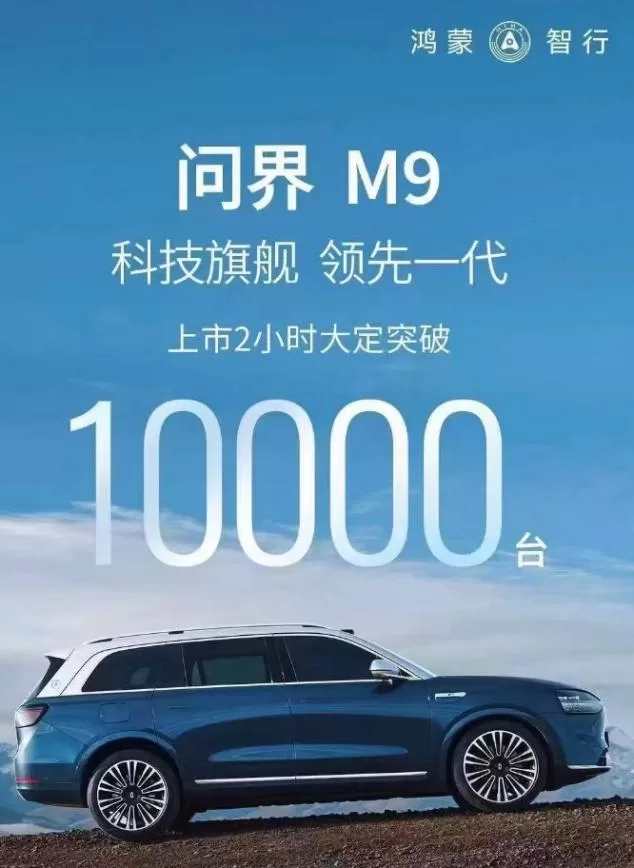
According to official data, the sales of the M9 exceeded 10,000 units within 2 hours of its launch.

Review: As one of the heavyweight new cars at the end of the year, the Wey M9 has arrived as scheduled. Borrowing the phrase from Yu Chengdong, “the best SUV under 10 million, and also the most powerful SUV on land,” it is clear that they are highly confident in their product. The Wey M9 receiving over 10,000 orders is also expected. Let’s put aside whether it is the “best SUV under 10 million” for now and return to the product level. This Wey M9 has many highlights. Consumers are not blindly rushing to spend their money; naturally, they hope to get their money’s worth. From the information released, the Wey M9 has two versions: pure electric and extended range. The pure electric version is equipped with an 800V high-voltage silicon carbide platform. In terms of range, the extended range 52-degree battery version reaches a comprehensive range of 1402km under CLTC conditions, with a pure electric range of 275km. The pure electric version is equipped with the Huawei “Whale” 800V high-voltage battery platform, with a 5-minute charge providing a range of 150km, and a range of 630km under CLTC conditions. The Wanjie M9 is equipped with the Hongmeng OS4 system and a full range of 10 screens. It features the “multi-scene smart display” function, including special lights such as “real-time display of charging countdown,” “Babyincar,” and “happy mode for new couples.” It is equipped with the industry’s first car-grade 32-inch projection screen and Huawei’s Lingxi remote control. The chassis is equipped with a 260 million pixel fine lighting system, a Tuoling chassis, standard closed air suspension, and spacious three-row interior space. The front passenger seat has a “queen co-pilot,” and the second-row seats have a “zero gravity” seat mode. This is the familiar smart car mode that Huawei has deeply cooperated with car companies, providing key technologies, participating in product definition and development, and opening its own terminal channels to help sell cars. Huawei’s smart driving is becoming an important factor influencing user car purchases. Yu Chengdong previously stated, “The strong sales of the Wanjie new M7 indicate that consumers are beginning to recognize Huawei’s capabilities in smart driving,” which is one of Huawei’s most prominent advantages. The Wanjie M9 offers four versions, with prices ranging from 469,800 yuan (66370$) to 569,800 yuan (80500$). The M9 will be delivered on January 26 and start mass delivery on February 26. Can the M9 help boost overall sales again? Let’s wait and see. #Penetration rate of new energy vehicles exceeds 40% for the first time# Reading volume: 109,000.

Data shows that in November, domestic new energy vehicle sales reached 841,000 units, an increase of 39.8% year-on-year and 8.9% month-on-month, with a penetration rate exceeding 40%, reaching a new historical high. Among them, the penetration rate of independent brand new energy vehicles is 52.6%; the penetration rate of new energy vehicles in luxury cars is 35.2%; while the penetration rate of new energy vehicles in mainstream joint venture brands is only 7.9%. There was a time when everyone still had uncertainty and a wait-and-see attitude towards new energy vehicles. However, the rapid development once again fully proves that the era of electrification has arrived and is irreversible. Embracing the arrival of the electric era brings both opportunities and challenges. It cannot be denied that in the development of new energy vehicles in recent years, Chinese independent brands have made significant progress, with the market, technology, and platforms all playing a key role. Data from November shows that the penetration rate of independent brand new energy vehicles is 52.6%; the penetration rate of new energy vehicles in luxury cars is 35.2%; while the penetration rate of new energy vehicles in mainstream joint venture brands is only 7.9%. But we cannot relax too early. The competition in this market will only intensify, with “price wars” escalating and putting pressure on the profitability of enterprises, and some car companies are “increasing revenue without profit”. We have seen companies like Weimar fall into a predicament, but at the same time, there are strong collaborations such as Volkswagen investing in Xiaopeng. All signs point to China’s market and technology being recognized and far ahead. On December 27th, at the China Electric Vehicle Hundred People’s Forum media communication meeting, Zhang Yongwei, Vice Chairman and Secretary General of the China Electric Vehicle Hundred People’s Association, said that by 2024, the global position of China’s new energy vehicle industry will be further enhanced. “2024 is a key stage in defining the next generation of automotive products. Many new technologies will be first applied in the Chinese market, and some new models will be first launched in the Chinese market. These two ‘firsts’ will be the vane for the development of the automotive market in the next few years, and the Chinese market and new energy vehicle companies will also lead the global automotive industry in the direction of transformation and development. #Xiaomi Penglai OS new logo launch# Views: 60,000

On December 27th, Xiaomi’s founder, chairman and CEO Lei Jun just shared two pieces of information on Weibo. One is the launch of a new logo for Xiaomi’s Penglai OS, which will be presented in a completely new image. The other is that with the upcoming release of Xiaomi’s car, Xiaomi’s “people, car, and home” full ecosystem is officially closed, ushering in a “leap” moment. Netizens are discussing:

The logo of Xiaomi’s Pangolin OS is very recognizable. The new logo is a circular matrix that gradually expands outward. Below the logo are the English and Chinese names of Xiaomi HyperOS and Xiaomi Pangolin OS. The logo expresses the development of the galaxy, with the matrix in the center spinning open. People and devices in the matrix interact and connect in the vibrant universe. It pays tribute to the real universe and life, allowing every intention to flow freely. Perhaps the most interesting thing is why it is called “The Whole Ecological System of People, Cars, and Homes.” It fully connects the “home” scene, seamlessly connects hardware devices, and achieves real-time “car” collaboration, driving industry partners to create a super intelligent ecosystem centered on serving people. This is a positive feedback system. Devices and people depend on each other for continuous growth, forming a “living” system. It may be a bit difficult to understand, but simply put, it is the mutual cooperation and evolution between people, devices, and intelligent services. Xiaomi is creating a “industrial ecosystem” with a full-chain layout, and “The Whole Ecological System of People, Cars, and Homes” will also become an open ecosystem that embraces more possibilities. And Xiaomi’s smart car will be the final step in closing the loop of “The Whole Ecological System of People, Cars, and Homes.” Let’s look forward to it together.